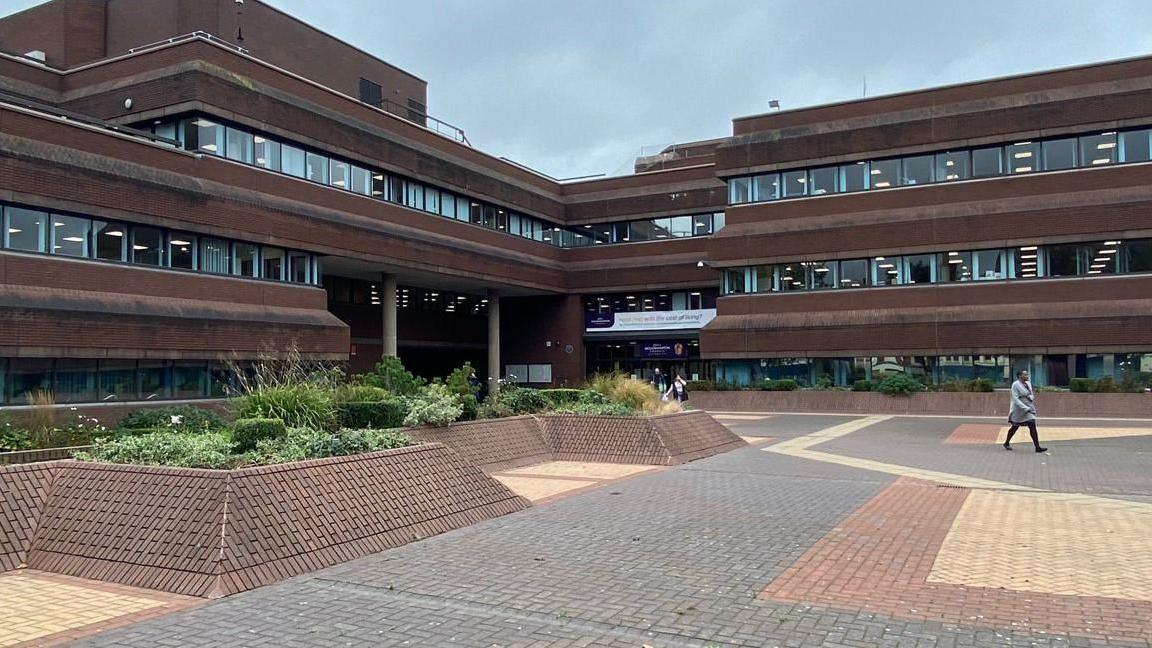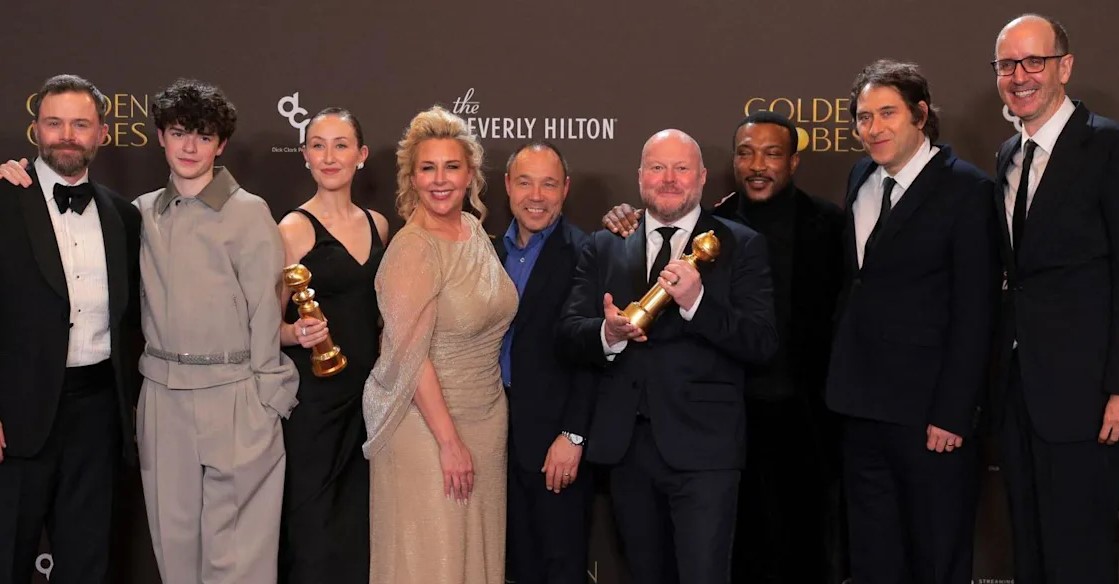Working with the Arts Council Collection as part of their National Partners Programme, Birmingham Museums Trust is bringing contemporary art, including work by Birmingham based artists, to two heritage venues: Aston Hall and Blakesley Hall.
Aston Hall is a magnificent 400-year-old Jacobean redbrick mansion and Blakesley Hall is a Tudor timber-framed house sited amongst avenues of modern houses that lie beyond its gates. At each site, a selection of important works from the Arts Council Collection will go on display alongside select pieces from Birmingham’s own collection. The exhibitions will engage with the unique stories of both historical properties and their surrounding communities.
Walls Have Ears: 400 Years of Change at Aston Hall will mark the Jacobean mansion’s 400th birthday year. The exhibition will present contemporary portraiture by artists including Mawuena Kattah, Ryan Mosley, Eugene Palmer, Paul Rooney, Zineb Sedira and Donald Rodney.
In its 400 year history the house has seen many changes in the social, demographic and economic landscapes surrounding the Hall. The selected artworks explore themes of history, culture, class and race that resonate with Birmingham’s own identity.
The exhibition includes a number of Birmingham artists, including Vanley Burke, whose photograph, Rasta Man from Handsworth (1968), captures a young black man growing up in Birmingham in the late 1960s. This was period during which Britain began to face the challenges of introducing racial equality, passing the first Race Relations Act in 1965 with further amendments in 1968.
Boundary II (2000) by Barbara Walker is taken from the series ‘Private Face’, which focuses on the African-Caribbean community in Birmingham and depicts an everyday scene within a neighbourhood barbershop. The close framing of barber and client prompts the viewer to imagine what type of conversation might be happening between them.
At Blakesley Hall, Nature’s Presence takes inspiration from the hall’s historical relationship with nature and the garden. Historically the hall’s grounds have been used in different ways. In the past they have been both ornamental and working gardens, whilst today they are a hub of community activity.
The display includes different artistic perspectives on the natural world. The works present subject matter including flowers, fruit and animals through a range of media, from film and photography to paintings and sculpture. The artists in Nature’s Presence, such as photographer John Blakemore and Birmingham-based artist Ruth Claxton, explore human observations and interactions with nature.
Georgie Hopton’s photographic work Faded Blooms (2009) shows the fragility and beauty of decaying flowers. Meanwhile Sam Taylor-Johnson’s Still Life (2001) depicts a traditional fruit still life decomposing over time. Both works capture a dialogue between the contemporary world and classic still life images. Each is a contemporary take on a subject which has been richly explored throughout art history.
Jill Constantine, Director of the Arts Council Collection, said: “Both Aston Hall and Blakesley Hall offer enormous potential to present contemporary art in a new and fascinating context. We are delighted that the Arts Council Collection will be on display in these two new exhibitions and that the local communities who enjoy these much loved houses will also have the opportunity to explore contemporary art from the Collection.”
Deborah Smith, curator of both exhibitions, said: “We are incredibly excited to be able to bring contemporary art to our heritage sites, opening up a conversation with audiences and celebrating the past and present.
“Our partnership with the Arts Council Collection has allowed for a wealth of art to reach the public, and as a Trust we aim to make contemporary art accessible and engaging to visitors.”
















